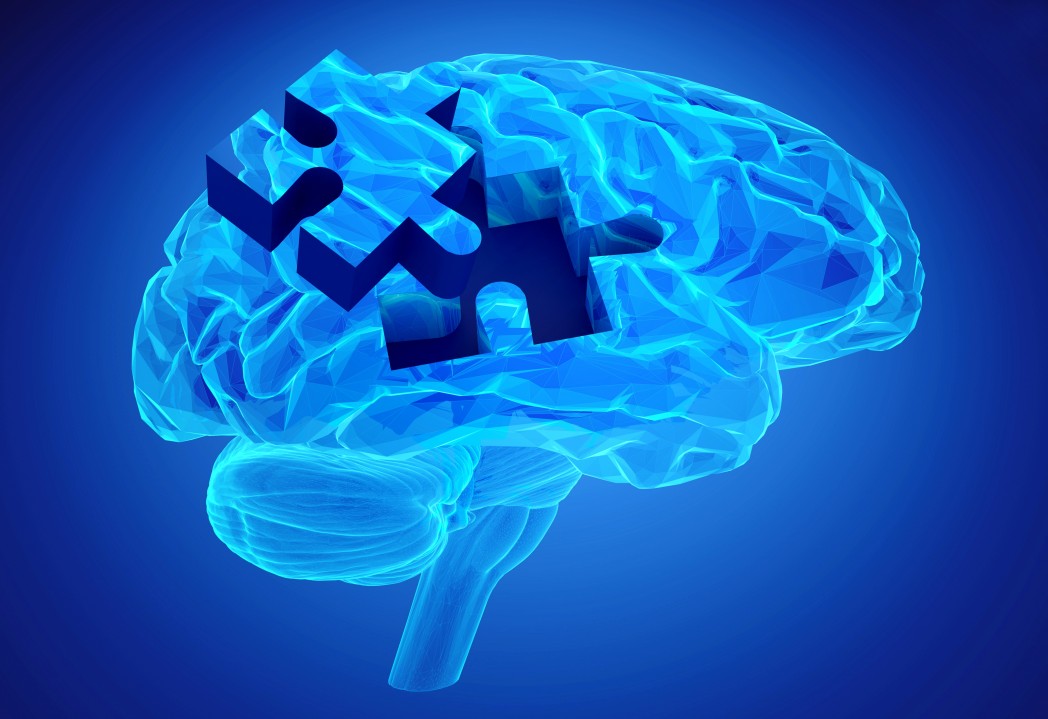ALS Neuroscience Focus Turns to Promising RNA Research

This week the ALS Association, whose mission is to lead the fight to treat and cure ALS through global research and nationwide advocacy, has highlighted important research from the 2015 Annual Meeting of the Society For Neuroscience, an event that took place in Chicago, Oct. 17–21.
This meeting is the premiere venue for neuroscientists to present emerging science, learn from experts, forge collaborations with peers, explore new tools and technologies, and advance careers. This year’s meeting featured:
- special lectures by world-renowned scientists from around the globe;
- more than 15,000 abstracts in which scientists could share new findings;
- more than 600 exhibitors showcasing new tools, technologies, and publishing opportunities;
- opportunities to share and learn about emerging and unpublished findings;
- dozens of professional development, advocacy, and networking events;
- and more than 100 satellite events being held in conjunction with the annual meeting.
According to the ALS association, an important satellite event that was organized by Drs. Paul Taylor and Fen-Biao Gao focused on RNA metabolism in neurological disease. This two-day event was important for advancing the field of ALS research as RNA molecules are considered key players in disease pathology and ALS is currently considered the result of mutations in two RNA-processing proteins, TDP-43 and FUS.
Among the research highlights presented in this satellite event, were:
- Numerous animal models of the C9orf72 gene mutation, which creates excess RNA that may contribute to disease pathogenesis, allowed for the exploration of possible ways to prevent disease-causing mechanisms.
- Data generated from numerous labs showed there are specific abnormalities in nuclear transport systems as well as motor neurons derived from stem cells taken from ALS patients.
According to an ALS Association release, other relevant research presented in the meeting included:
- A new model of SOD1-related ALS indicated that mutant protein can be transferred from neuron to neuron in mice, which may contribute to the spread of the disease.
- The TDP-43 protein can also be transferred between neurons, and may promote its aggregation, a common feature in many forms of ALS.
- Levels of a protein called chitotriosidase in the cerebrospinal fluid may be a valuable biomarker for ALS. Researchers showed it was strongly elevated in people with ALS compared to controls following diagnosis. Ongoing studies will determine whether its levels change with disease progression, which would make it a valuable way to track disease and response to treatment.
- The experimental chemotherapeutic masitinib slows decline in a rat model of ALS when delivered after onset of symptoms, probably through inhibition of neuroinflammation. The drug is in a trial in Europe and South America.
- A new mouse model of ALS includes mutation in an important cell transport protein called tau. The form of tau used in the mice is the same as that found in people with ALS who develop cognitive impairment. This should make the model useful for studying the development of cognitive effects of ALS.
- Researchers have developed a gene therapy vehicle called AAV2, which can selectively target motor neurons in the brain. This will be valuable in the study of upper motor neurons, which are increasingly seen as an important subset of affected neurons in ALS. The AAV2 vehicle will allow researchers to deliver various genes to the motor neurons to study their effects on these cells in the disease. It also may provide a platform for delivery of treatments, after further development.
- A new mouse model of ALS due to profilin mutation indicates the disease can develop when a cell transport protein called actin cannot form long chains. The model should be useful for understanding the consequences of transport defects in ALS, which are thought to contribute to some forms of the disease.






